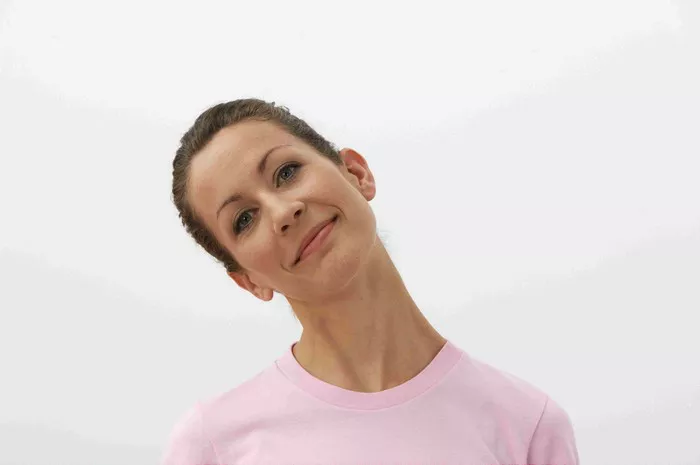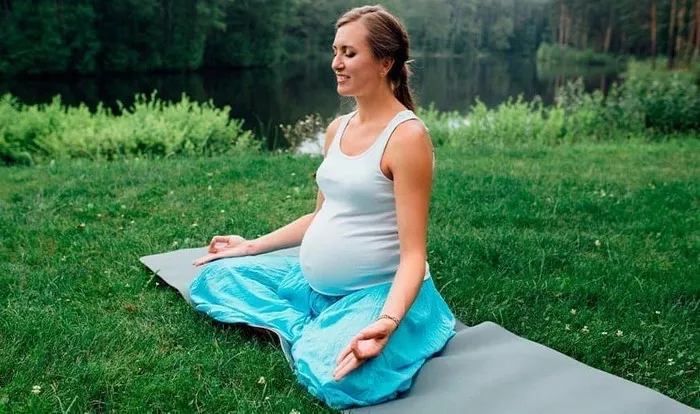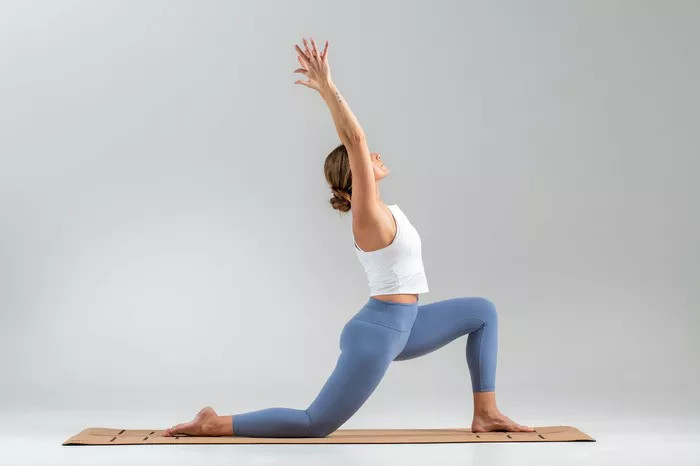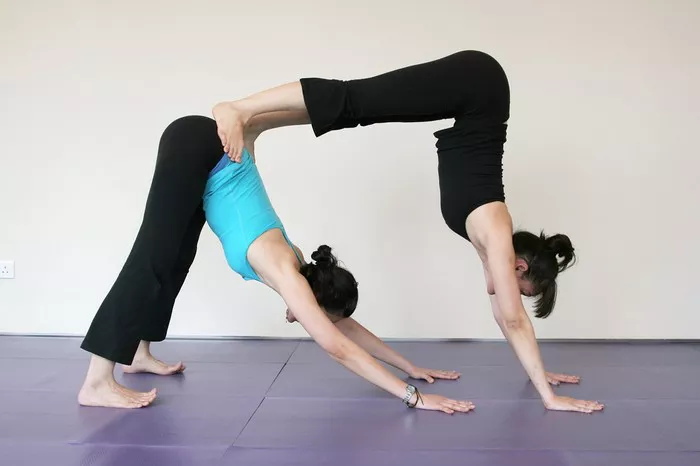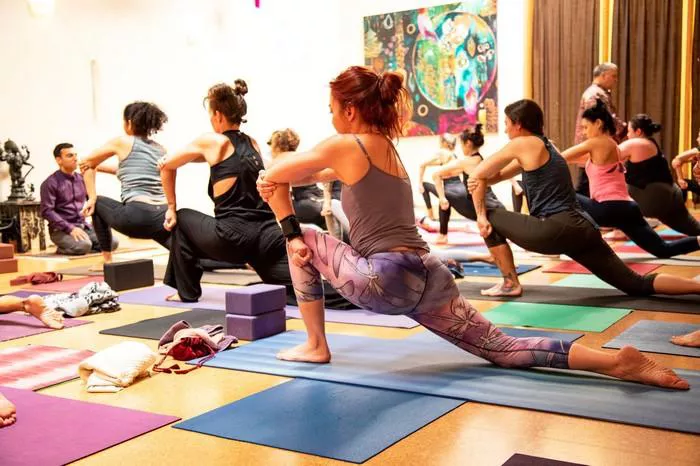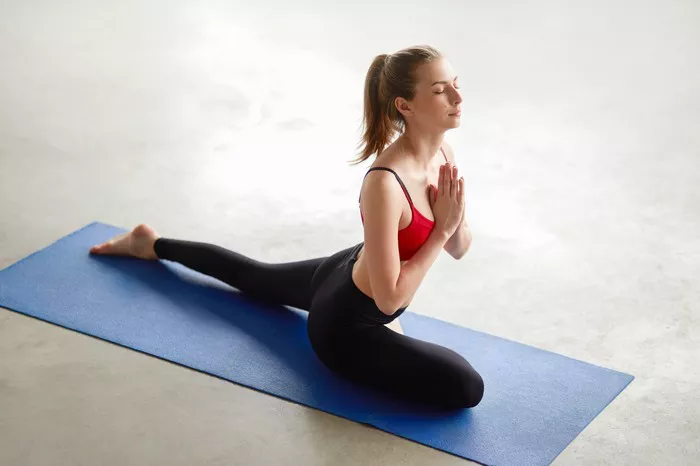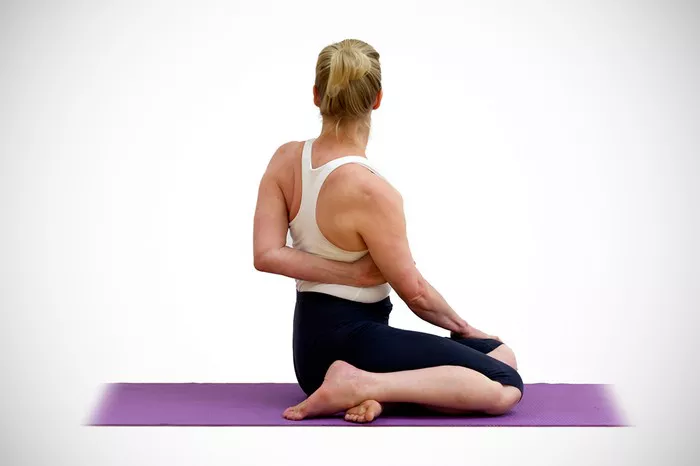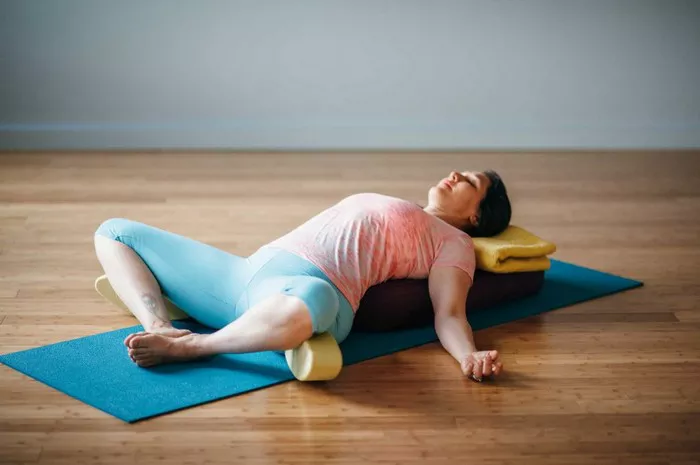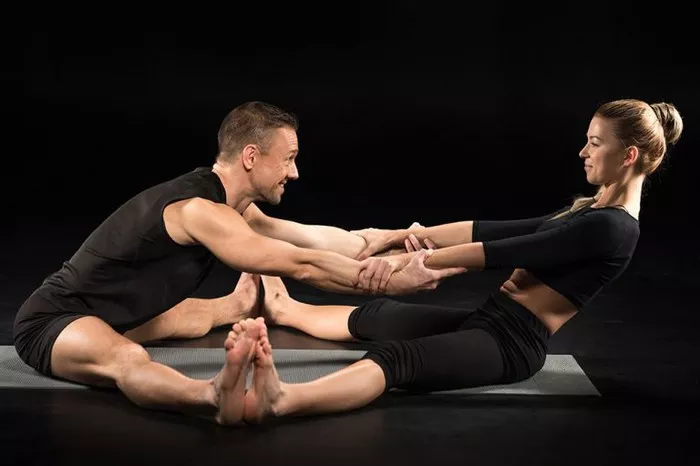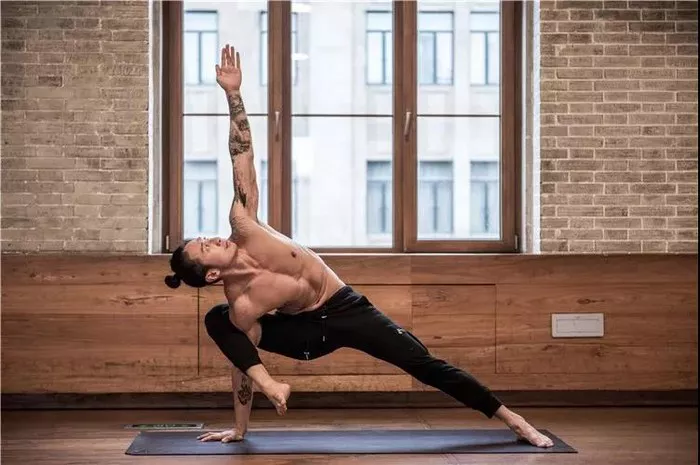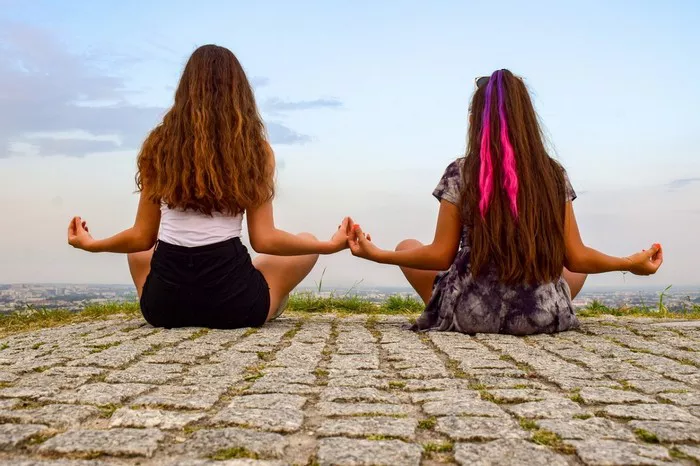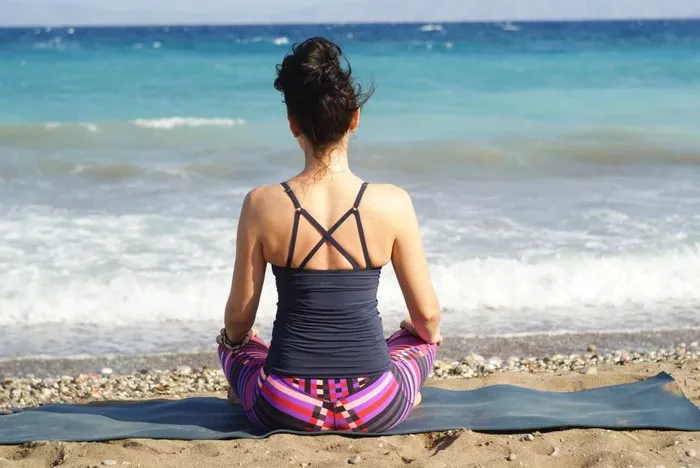Yoga, in its many forms, has been embraced by people around the world for centuries. It is an ancient practice that promotes physical, mental, and emotional well-being. As we age, our bodies and minds often experience various challenges, such as decreased flexibility, balance issues, and even conditions like arthritis, osteoporosis, and reduced muscle strength. Because of this, many older adults may wonder if yoga can help them improve their health and quality of life. Among the numerous types of yoga, Iyengar Yoga stands out as one that is often recommended for older adults. But is Iyengar yoga suitable for older people? Let’s explore this question in-depth.
What is Iyengar Yoga?
Before diving into the suitability of Iyengar yoga for older adults, it’s important to understand what this style of yoga is all about.
Iyengar yoga is a form of Hatha yoga developed by B.K.S. Iyengar, a renowned Indian yoga teacher. This style emphasizes precision, alignment, and the use of props to aid practitioners in performing postures (asanas) correctly and safely. The aim of Iyengar yoga is to create balance in the body, mind, and spirit through focused and disciplined practice.
Key characteristics of Iyengar yoga include:
- Alignment: One of the fundamental principles of Iyengar yoga is alignment. The practitioner is encouraged to align their body in specific ways during each pose to ensure safety, proper body mechanics, and to achieve maximum benefits from the posture.
- Props: Iyengar yoga is well-known for its use of props such as yoga blocks, straps, blankets, bolsters, and chairs. These props help practitioners maintain proper alignment, enhance comfort, and facilitate deep stretching, making poses more accessible, especially for those with physical limitations.
- Sequencing and Precision: Iyengar yoga is structured in a way that poses are usually held for longer periods of time to allow for deep muscle engagement, correct alignment, and a deeper experience of each asana. Teachers are meticulous about guiding practitioners through a step-by-step progression of postures, ensuring they move into each one with awareness and precision.
- Adaptability: Iyengar yoga can be adapted to suit individuals at various levels of experience and physical abilities. Whether you are a complete beginner or have a specific injury, the teacher can adjust the practice to meet your needs.
Why Is Iyengar Yoga Suitable for Older Adults?
Now that we have a basic understanding of Iyengar yoga, let’s consider why this style may be particularly beneficial for older adults.
1. Improved Flexibility and Mobility
As we age, our muscles and joints tend to become less flexible. This can make simple tasks, such as bending over to tie your shoes or reaching for an object on a high shelf, more difficult. Flexibility is one of the core benefits of practicing Iyengar yoga, as it involves holding poses for extended periods, allowing the body to gradually release tension and increase flexibility over time.
With the use of props, Iyengar yoga can make even complex poses more accessible. For example, a yoga block may be used to bring the floor closer in standing poses, or a strap may be used to assist in stretching the hamstrings. This means that older adults with limited mobility or flexibility can still practice poses safely and effectively.
2. Strengthening Bones and Muscles
Osteoporosis is a common condition in older adults, characterized by weakened bones that are more prone to fractures. Weight-bearing exercises are one of the most effective ways to strengthen bones and prevent osteoporosis. Iyengar yoga can help older adults build strength through various poses, including standing poses, balancing poses, and seated stretches, all of which can help improve bone density and muscle mass.
In addition to strengthening bones, Iyengar yoga also improves muscle strength. The practice focuses on muscle engagement, balance, and endurance, helping to tone and strengthen the body over time. As older adults may experience muscle weakness or imbalances, Iyengar yoga helps in counteracting those effects by promoting a balanced, well-aligned body.
3. Improved Posture and Alignment
Poor posture is common in older adults, especially as the spine and muscles become weaker and less flexible. This can lead to back, neck, and shoulder pain. Iyengar yoga places a strong emphasis on alignment, teaching practitioners how to hold their bodies correctly in each posture. Over time, this awareness of alignment translates into better posture in daily life.
Through Iyengar yoga, older adults can develop better body awareness, which helps them stand taller, reduce strain on the muscles and joints, and avoid common postural problems like slouching or rounding the shoulders.
4. Enhanced Balance and Coordination
One of the major concerns for older adults is the risk of falling. Falls can lead to serious injuries, such as fractures or head trauma, and significantly impact an individual’s mobility and quality of life. Iyengar yoga’s focus on balance poses can help older adults improve their stability and coordination.
Balancing poses in Iyengar yoga, such as Tree Pose or Warrior III, help strengthen the muscles that support balance and improve proprioception (the ability to sense the position of your body in space). By regularly practicing these poses, older adults can gain better control over their movements and reduce the risk of falls.
5. Mental Clarity and Stress Relief
As we age, it’s common to experience higher levels of stress or anxiety, often due to health concerns, financial worries, or the challenges of aging itself. Yoga in general, and Iyengar yoga in particular, is highly effective in promoting mental clarity and reducing stress.
Iyengar yoga encourages mindfulness and deep breathing, which helps calm the nervous system and alleviate tension. The focus on alignment and precision requires mental concentration, which can help take the mind off worries and provide a meditative experience. This can lead to improved emotional well-being, better sleep, and a more positive outlook on life.
6. Personalized Approach to Yoga
One of the unique features of Iyengar yoga is its adaptability. Teachers are trained to modify poses to suit the individual needs of each student. For older adults, this means that a yoga teacher can offer personalized guidance to help them practice safely and effectively, whether they have injuries, health conditions, or simply lack experience.
The use of props also makes it easier for older adults to find comfort and stability in poses. The teacher will guide the individual through adjustments, ensuring that each posture is accessible and effective.
7. Relief from Common Age-Related Ailments
Many older adults suffer from chronic pain conditions such as arthritis, sciatica, or back pain. Iyengar yoga can provide relief from these conditions by improving flexibility, strengthening muscles, and promoting better alignment. The slow, deliberate pace of the practice means that individuals can progress at their own speed, making it a safer and more sustainable option for those with chronic pain.
Additionally, Iyengar yoga has been shown to help with the management of conditions like high blood pressure, diabetes, and even insomnia, all of which can become more common as we age.
Precautions and Considerations for Older Adults
While Iyengar yoga is highly beneficial for older adults, there are a few considerations to keep in mind to ensure a safe practice:
- Consult a Healthcare Provider: Before starting any yoga practice, it is important to check with a doctor or healthcare provider, especially if you have pre-existing medical conditions or concerns.
- Choose the Right Class: Look for classes that are specifically designed for older adults, beginners, or those with limited mobility. A teacher with experience working with older practitioners will understand the need for modifications and can offer the necessary support.
- Start Slowly: Begin with beginner-level classes to get accustomed to the poses and the use of props. Iyengar yoga’s methodical approach means that you will be able to progress at a pace that suits your individual needs.
- Listen to Your Body: In Iyengar yoga, it is crucial to pay attention to how your body feels during each pose. Avoid pushing yourself too hard, and always honor your body’s limits.
- Use Props Wisely: Props are a great way to assist with alignment, stability, and comfort. Don’t hesitate to use blocks, straps, or blankets to make poses more accessible.
Conclusion
In summary, Iyengar yoga is an excellent practice for older adults. Its focus on alignment, precision, and the use of props makes it particularly suited for individuals with varying levels of mobility and health conditions. The practice can improve flexibility, strength, balance, and mental clarity, all of which contribute to a higher quality of life as we age. With the right teacher and appropriate modifications, older adults can safely and effectively practice Iyengar yoga, reaping its numerous physical and mental benefits. So, yes—Iyengar yoga is not only for the young and the flexible, but it is also highly beneficial for older individuals looking to improve their well-being.
Related Topics:

